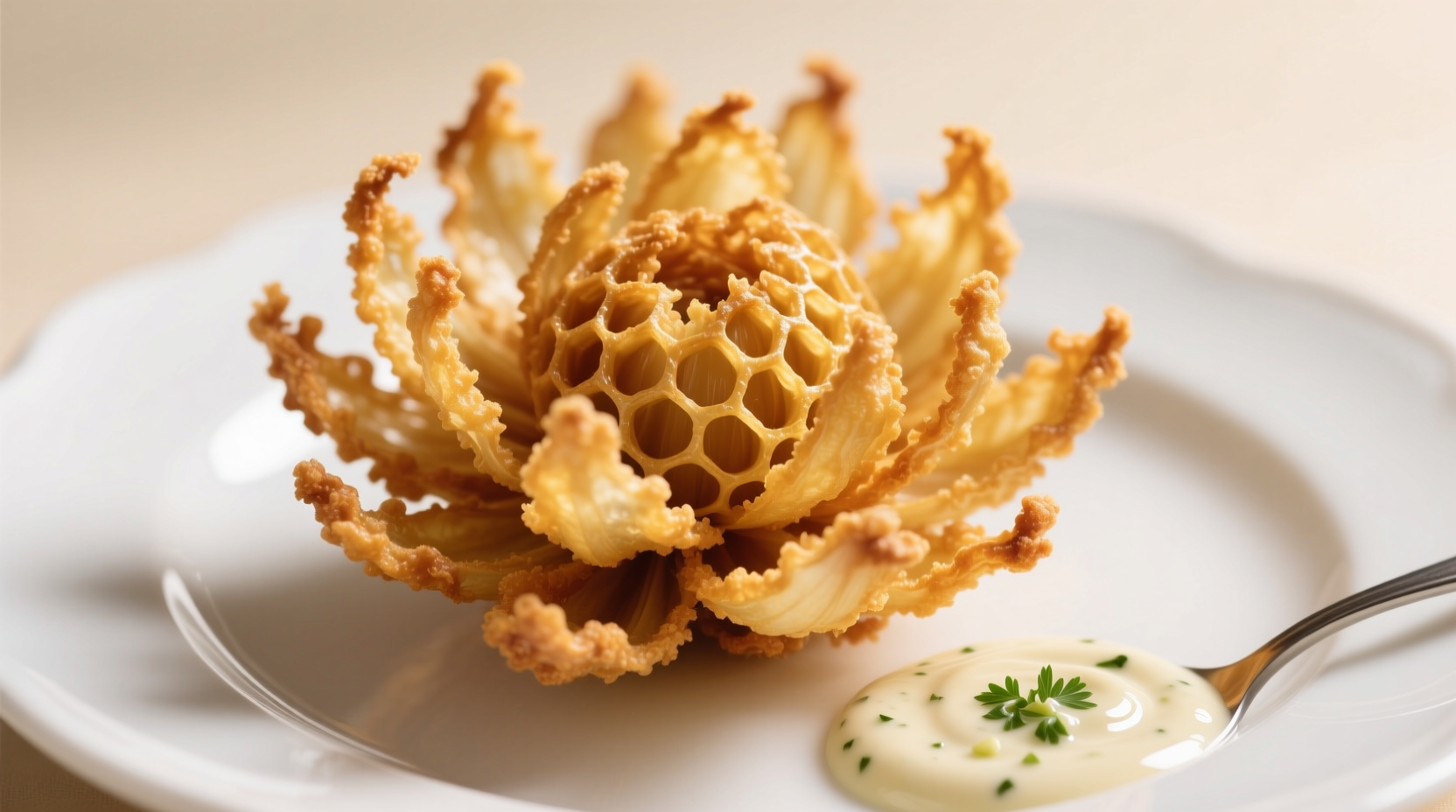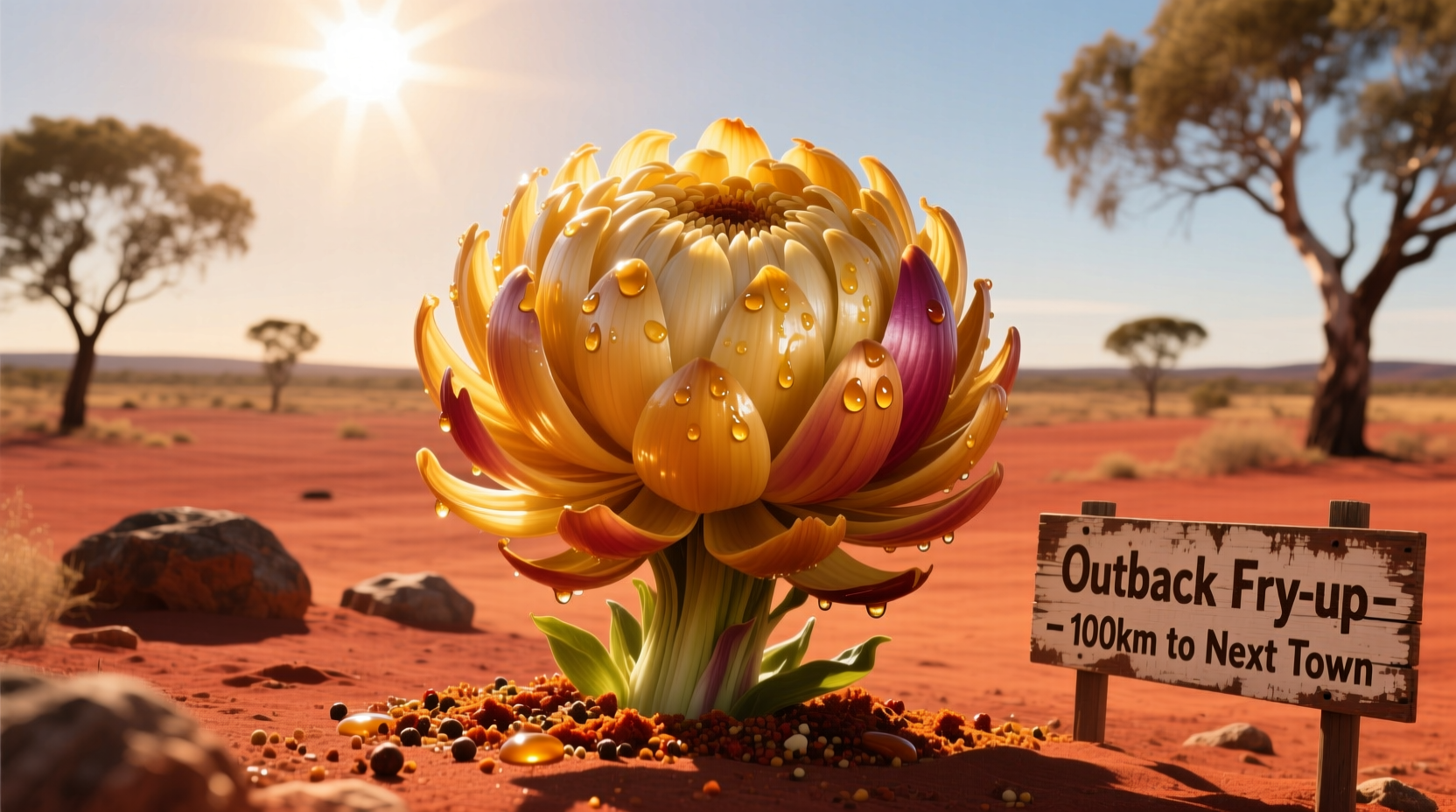What Makes the Outback Blooming Onion Unique
When Outback Steakhouse opened its first location in Tampa, Florida in 1988, co-founder Tim Gannon wanted an appetizer that would stand out in the competitive steakhouse market. The solution came from an unexpected source—a traditional Middle Eastern dish called petit pois frits. Gannon adapted this concept using a sweet Vidalia onion, creating what would become the restaurant chain's most famous menu item.
The preparation process involves precise culinary technique. Chefs select a large sweet onion, remove the outer skin, then make strategic vertical cuts from the top while keeping the root intact. This careful cutting creates the "blooming" effect when the onion is properly battered and fried. The batter contains a proprietary blend of spices that gives the dish its distinctive flavor profile.
From Kitchen Experiment to National Phenomenon
The Blooming Onion's journey from kitchen experiment to cultural icon followed a clear trajectory. Within two years of Outback's 1988 launch, the appetizer appeared on People magazine's list of "America's Best Dishes." By the mid-1990s, it had become so popular that competing restaurants began offering similar items, though none achieved the same level of recognition.
Food historians note that the Blooming Onion represents an interesting case of culinary adaptation. While the concept of fried onions exists in various cultures, Outback's specific preparation method and presentation created something entirely new in the American dining landscape. According to culinary anthropologists at the Smithsonian National Museum of American History, the dish exemplifies how American restaurants often reinterpret global food traditions for mainstream audiences.
Nutritional Profile and Dietary Considerations
Understanding the nutritional content helps diners make informed choices. The standard Blooming Onion contains significant calories primarily from the frying process and accompanying sauce.
| Nutrient | Amount per Serving | % Daily Value* |
|---|---|---|
| Calories | 820 | 41% |
| Total Fat | 48g | 62% |
| Saturated Fat | 8g | 40% |
| Sodium | 2,160mg | 94% |
| Total Carbohydrates | 84g | 31% |
| Protein | 9g | 18% |
*Percent Daily Values are based on a 2,000 calorie diet. Your daily values may be higher or lower depending on your calorie needs. Data sourced from USDA FoodData Central and Outback Steakhouse nutritional information (2023).

How to Enjoy the Blooming Onion Responsibly
While undeniably delicious, the Blooming Onion's nutritional profile suggests strategic enjoyment. Registered dietitians from the Academy of Nutrition and Dietetics recommend these approaches:
- Share the experience: Order the Blooming Onion as a shared appetizer rather than individual portions
- Balance your meal: Follow with a lean protein and vegetable-focused entrée
- Modify your approach: Request sauce on the side to control consumption
- Consider timing: Enjoy as an occasional treat rather than regular menu item
Cultural Impact and Culinary Legacy
The Blooming Onion has transcended its status as a restaurant appetizer to become part of American food culture. It has appeared in numerous television shows, movies, and even inspired culinary competitions. Food critics note that its distinctive presentation makes it particularly photogenic, contributing to its popularity on social media platforms.
According to a 2022 survey conducted by the National Restaurant Association, 78% of Americans over age 25 recognize the Blooming Onion as Outback's signature item, demonstrating its enduring cultural footprint. Culinary educators often use it as an example when teaching about food presentation techniques and the business impact of signature menu items.
Home Preparation Tips for Blooming Onion Enthusiasts
While replicating the exact Outback version at home presents challenges due to their proprietary batter and sauce, culinary experts suggest these techniques for creating satisfying versions:
- Use fresh, firm sweet onions (Vidalia or Walla Walla work best)
- Cut carefully with a sharp knife, maintaining 1/8-inch spacing between cuts
- Soak cut onions in ice water for 30 minutes to help the "bloom" open
- Maintain oil temperature at 350°F (175°C) for optimal frying
- Create a simple dipping sauce with ketchup, horseradish, and spices
Professional chefs emphasize that proper cutting technique is more important than the batter recipe for achieving the signature bloom effect. The National Onion Association confirms that sweet onion varieties with high water content work best for this preparation method.











 浙公网安备
33010002000092号
浙公网安备
33010002000092号 浙B2-20120091-4
浙B2-20120091-4